OCTRI Impact
OCTRI is continually looking for new ways to help faculty and trainees at OHSU and our partner institutions succeed in their clinical and translational research efforts. We use formal evaluation and data to drive our approach.
OCTRI Usage and Impact Report: Unique Support and Resources for OHSU Research
OCTRI provides broad-based infrastructure to support efficient and effective clinical and translational research at OHSU. We supported 57% of OHSU NIH-funded investigators across all OHSU schools in FY 2024.
Review the full report to learn how we impact research at OHSU.
Implementing the Translation Science Benefits Model at OCTRI

The Translational Science Benefits Model was developed as a framework for public health and clinical scientists to demonstrate the impact of their work in the real world. The OCTRI Evaluation team used this model to develop case studies on the impact of real world clinical projects that OCTRI has supported. Review the full case study reports below.
Share in the stories that drive OCTRI's success
Review the content below to learn about the successes and accomplishments of the researchers that OCTRI supports.
KL2 Scholar Bridging gaps in cervical cancer care

Former OCTRI KL2 Scholar, Dr. Cirila Estela Vasquez Guzman (pictured right), uses the Database of Individual Patient Experiences methodology to interview Latina women over the age of 45 about their experiences with cervical cancer. Dr. Vasquez Guzman's goal is to leverage community-based knowledge to lower the mortality rate for cervical cancer in underserved communities.
KL2 Scholar developed nanotechnology that may better treat ectopic pregnancy

Dr. Taratula Taratula (pictured left), former OCTRI KL2 Scholar and Associate Professor in the College of Pharmacy at OSU, is collaborator on a team that is developing a nanotechnology that offers a better, safer way to diagnose and treat ectopic pregnancies. The study team for the work featured here included an OCTRI TL1 Fellow and OHSU posdoctoral researcher, Dr. Jessica Hebert (pictured right).
Read the study in the journal Small.
Read more about this collaborative team and their work on OHSU News.
KL2 scholar puts Autistic Burnout on research map
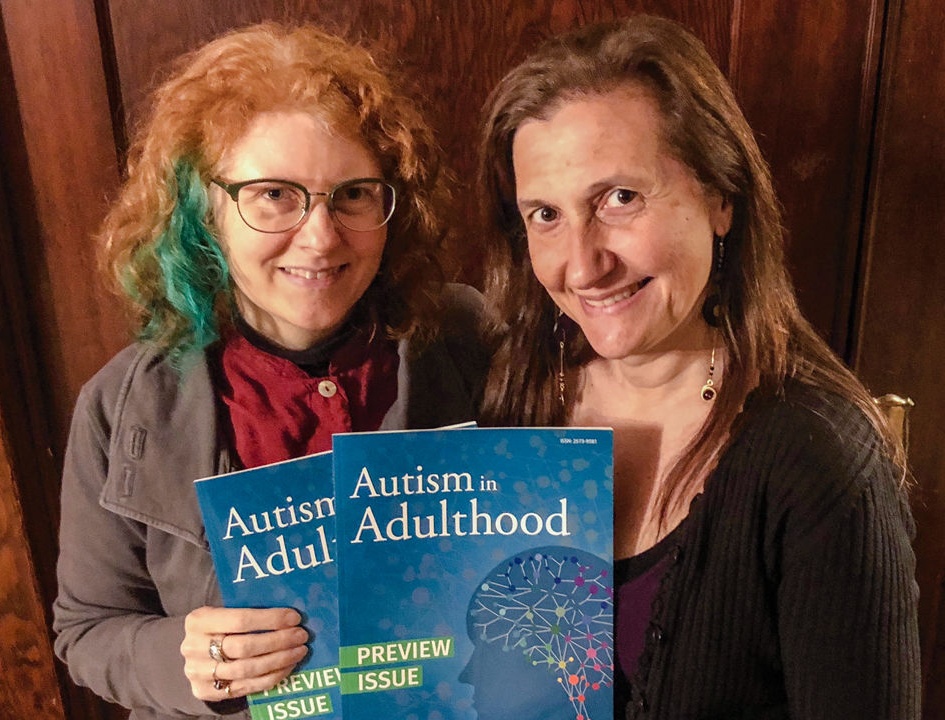
OCTRI KL2 Scholar, Dr. Dora Raymaker (pictured left) and mentor-collaborator, Dr. Christina Nicolaidis (pictured right) used a community-based participatory research approach to conduct the first-ever study on Autistic Burnout. This resulted in a landmark paper characterizing autistic burnout and defining it as a phenomenon distinct from occupational burnout or clinical depression.
OCTRI Biomedical Innovation Program awardees, in their own words

Vitamin C improves health for children of pregnant smokers
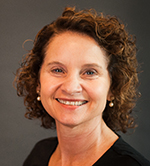
Dr. Cindy McEvoy (pictured right), OHSU Professor of Pediatrics, and collabortor Dr. Cindy Morris, OCTRI Director, found that vitamin C supplementation to pregnant women who are unable to quit smoking significantly improves airway function and respiratory health in their offspring at 5 years of age. Dr. McEvoy’s work has been supported by several OCTRI pilot awards in the last decade, including an OCTRI Catalyst award in 2014 for the project featured here.
Read the study in JAMA Pediatrics or read the feature in MedPage Today.
Fluorescent nerve dyes that improve surgical outcomes
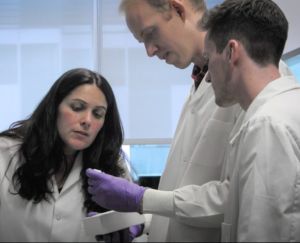
OHSU startup, Inherent Targeting, improves surgical outcomes with high contrast, nerve-specific fluorescent dyes that help surgeons visualize buried nerves and distinguish them from surrounding tissue. This reduces patient pain, loss of function, and long-term physical impairment. Researchers in the lab of Summer Gibbs, PhD (pictured right), developed the novel dyes that are the basis of this technology. Additional milestones summarized below.
- In 2018, the Inherent Targeting team graduated from OCTRI's BIP Corp, an I-Corps commercialization readiness course.
- In 2019, the reseearch team was awarded an OCTRI Biomedical Innovation Program pilot award.
- In 2020, Inherent Targeting published their work in Science Translational Medicine. Read the publication.
- In 2021, the team was awarded a $2.25M NIH Small Business Innovation Research grant and was featured in the Pacific Northwest Startup Showcase.
Koala Kushion to improve acid reflux in infants

In 2020, OCTRI awarded Jessica Grant, an OHSU speech therapist, and David Sheridan, MD, an OCTRI Scholar and OHSU associate professor of emergency medicine, a Biomedical Innovation Program award for their device called the Koala Kushion. In fall 2021, the duo was interviewed for OHSU's Innovator Spotlight series. Learn more about Koala Kushion from Ms. Grant's 2021 OHSU Innovation Showcase presentation.
Early warning device alerts to sepsis, saves lives
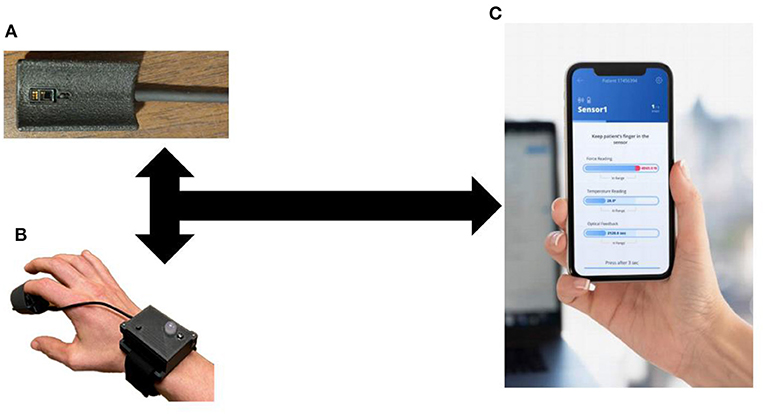
OCTRI Scholar Dr. David Sheridan and Dr. Matthew Hansen, both OHSU Emergency Medicine physicians, were awarded OCTRI Biomedical Innovation Program funding and project support in 2018 to develop a new bedside technology (pictured right) for quickly detecting sepsis using an accurate and objective measure of capillary refill time.
Since then, Drs. Sheridan and Hansen have obtained additional grant funding to refine a prototype for their technology, conducted a clinical trial, and co-founded a company called Promedix to continue developing the device. Initial findings highlight the device's significant advantages.
Development of an early warning system for adolescent suicidality
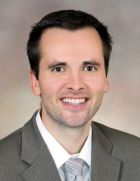
Dr. David Sheridan (pictured right) and his team are developing a wearable device that assesses and reports the physiological measures associated with stress dysregulation and worsening suicidality. The goal is to help adolescents identify these symptoms and therefore allow time for interventions that can help prevent emergency department visits and suicide attempts.
Read the Translational Science Benefits Model case study on this project.
OHSU inventors develop a better way to monitor medication levels
OHSU pediatric nephrologist, Dr. Amira Al-Uzri, and her team developed a user-friendly, dried blood-spot collection device that can be applied in-home to obtain an accurate and precise blood sample. The goal is to reduce the number of follow-up clinic visits for transplant patients. Dr. Al-Uzri's team leveraged funding, mentoring, educational opportunities, and project management from the OCTRI Biomedical Innovation Program, which lead to the creation of a product prototype and initial product testing.
OCTRI Scholar leads NIH botanical research center
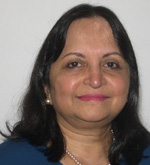
Former OCTRI Scholar, Dr. Amala Soumyanath (pictured right), will establish and lead a botanical research center to study the properties of herbs traditionally used in dietary supplements to improve sleep and mood and delay cognitive decline in aging. The research will increase knowledge about these compounds, which will lead to safer and more effective supplements.
OCTRI Scholar develops treatments for rare, incurable pediatric disease
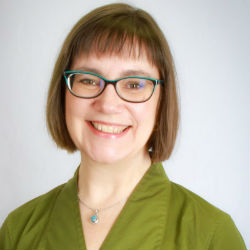
OCTRI Scholar and NIH career development awardee, Dr. Melanie Gillingham (pictured right), heavily utilized OCTRI Clinical and Translational Research Center (CTRC) services to investigate the role of dietary supplementation in treating long‐chain fatty acid oxidation disorders (LC‐FAODs), which prevent the body from converting fat to energy. Dr. Gillingham and her team conducted the largest investigator-initiated clinical trial in LC-FAODs and the only double-blind randomized trial in the field, to look at the effectiveness of Triheptanoin, a medium-chain triglyceride. They found that heart-lung function improved in treated patients. Additional achievements summarized below.
- In 2018, their publication won the Garrod award for best manuscript from the Journal of Inherited Metabolic Disease.
- In 2019, study data were licensed to Ultragenyx Pharmaceuticals for further development.
- In 2020, Ultragenyx received FDA approval for a New Drug Application, which leveraged data from Dr. Gilingham's research.
- In 2021, Dr. Gillingham recently received a RareGenomics BeHEARD award from the Rare Genomics Institute.
This drug could mean better disease management and fewer deaths among the 2500+ children and adults nationwide who suffer from these disorders.
Learn more about Dr. Gillingham and her work on her OHSU profile.
Tillamook Year of Wellness tackles diabetes
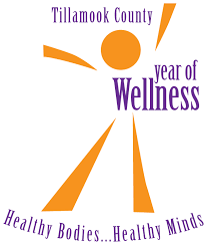
The OCTRI Community Research Hub partnered with Tillamook County to evaluate and develop next steps for the Tillamook Year of Wellness, designed to reduce incidence of diabetes in Tillamook County. Learn more about outcomes below.
Let’s Get Healthy! helps communities thrive
Let’s Get Healthy! is an interactive education and research exhibit available for use at health fairs, schools, and community events. Let's Get Healthy! was created by OCTRI's Community Research Hub with support from OCTRI Informatics and OCTRI study coordinators. The exhibit debuted at OMSI in summer 2007 and won the Society for Public Health Education Technology Award in 2015.
Visit the website to explore all of the summary data for yourself and check out a brief video below about the exhibit.
Questions? Contact Lisa Marriott, PhD, marriott@ohsu.edu

Contact an OCTRI Navigator to connect with research resources
Quick list of OCTRI grant numbers
CTSA award: UL1TR002369
TL1 program: TL1TR002371
KL2 program: KL2TR002370